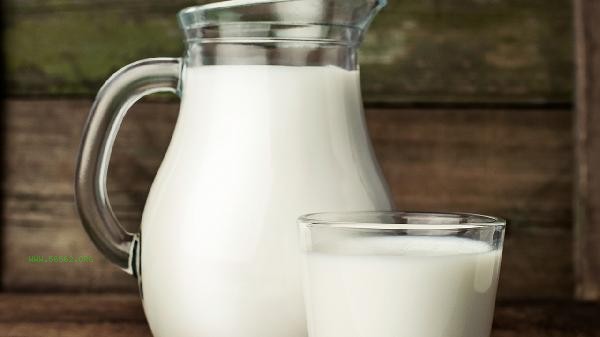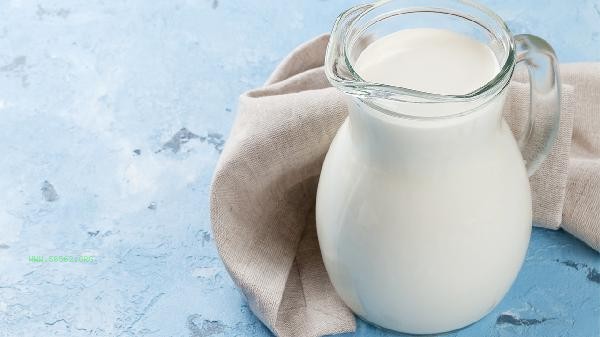Expired milk is not recommended for consumption, but can be used for watering plants, cleaning, skincare, and other purposes. The secondary utilization of expired milk mainly includes fermentation fertilizers, household cleaning, skin care, handmade production, composting improvement, and other methods.

1. Fermented Fertilizer
Expired milk can be diluted and used as natural fertilizer, which contains lactic acid and calcium that can regulate soil pH and promote plant root development. When using, it is necessary to mix water in a ratio of 1:5 to avoid direct watering that may cause root burning. It is suitable for acid loving plants such as azaleas and camellias. Fermented milk solution can also inhibit the growth of some harmful bacteria in the soil.
2. Home Cleaning
Lactic acid in milk can decompose oil stains, and expired milk can be used as a mild cleaner to wipe leather furniture, wooden floors, or silverware. Dip a soft cloth in a small amount of milk and wipe it with clean water for a second time. The protein content can form a protective film on the surface of the leather. When handling metal products, it is necessary to ensure complete drying to prevent rust and corrosion.
3. Skin care
Lactic acid produced by fermented spoiled milk has the function of softening cutin, and can be formulated as bath fluid or facial mask base. Attention should be paid to testing skin sensitivity and avoiding use on damaged skin. Mixing with oat flour can make a mild exfoliating cream, which should be thoroughly rinsed after brief application. Sensitive skin should be tried with caution.

4. Handmade
Expired milk can be processed into environmentally friendly glue or paper coating. A simple adhesive can be made by heating and evaporating water and adding alum, which is suitable for use in handicraft classes. The coating mixed with flour can make the surface of handmade paper products smoother, and a small amount of preservative needs to be added during production to extend the shelf life.
5. Composting Improvement
Pouring expired milk into the composting bin can accelerate the decomposition of organic matter, and its protein and fat provide nutrients for microorganisms. It needs to be stacked in layers with other carbon sources such as withered leaves to avoid attracting pests. This method is suitable for large-scale composting systems, as small-scale composting at home may produce odors.

When using expired milk, it is necessary to observe whether it has clumped and emitted a foul odor. Those with severe spoilage should be discarded directly. Allergy testing is required before use on the skin, and any residue should be thoroughly rinsed off after cleansing. It is recommended to prioritize the reuse of milk that is sealed and has a short expiration time. During the processing, pay attention to ventilation to avoid bacterial growth. If there is obvious mold or abnormal color on the milk, it should not be continued to be used.








Comments (0)
Leave a Comment
No comments yet
Be the first to share your thoughts!